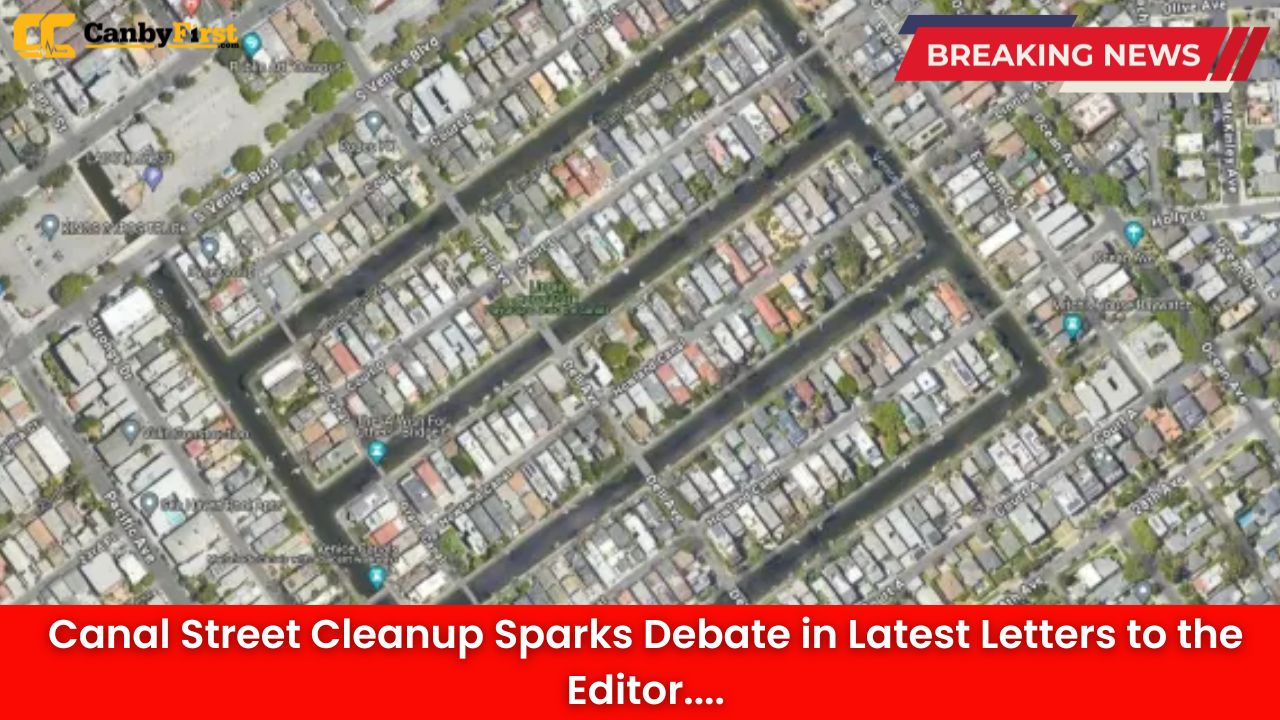New York, US:
As Canal Street undergoes one of the most ambitious clean-up efforts seen in years, New Yorkers have been quick to respond — and their letters to the editor reveal a city both hopeful and skeptical about lasting change. The historic lower Manhattan artery, long famous for its bustling markets and crowded sidewalks, is once again at the center of civic debate.
A New Shine for an Old Street
The cleanup, launched earlier this month, has already transformed key stretches between Broadway and the Manhattan Bridge. Crews have cleared illegal dumping zones, power-washed sidewalks, and repainted crosswalks. Street vendors now operate under newly enforced permit checks, and sanitation schedules have doubled in frequency.
Also Read
In the words of one Lower East Side resident: “It finally feels like Canal Street belongs to everyone again — not just to tourists or vendors.”
City officials from the Department of Sanitation state that the initiative is part of a broader post-summer cleanup campaign intended to reset urban hygiene standards before the year’s end.
Letters Call for Consistency
While some letters hail the visible progress, others express concern about the project’s sustainability. Critics fear that without consistent enforcement, Canal Street could easily revert to its former cluttered state.
A writer from Tribeca noted: “We’ve seen these efforts before — they start strong and disappear once the headlines fade.”
Many letters also touch on the balance between cleanliness and culture. Canal Street’s vibrant street vending tradition, alive with counterfeit handbags, trinkets, and food carts, draws millions of visitors each year. Yet residents complain this same vibrancy too often leads to congestion, noise, and litter.
Merchants Feel the Pinch
Local store owners have mixed feelings. Several welcome the effort, saying cleaner streets attract more serious customers. Others worry that stricter layout enforcement for street vendors might reduce foot traffic.
An electronics store manager near Lafayette Street wrote: “Clean sidewalks make a difference, but let’s not forget that Canal Street’s energy comes from its chaos. Over-regulate it, and you lose what makes the place special.”
The city’s business bureau has promised to engage with local merchants through consultations scheduled for early November to ensure that reforms do not hinder commercial vitality.
A Symbol of Manhattan’s Identity
For decades, Canal Street has embodied New York’s multicultural pulse. From Chinatown to SoHo, it links neighborhoods distinct in flavor yet interwoven by commerce and culture. For many longtime New Yorkers, the cleanup is not just about sanitation — it’s about stewardship.
Letters from older residents recall a time when Canal Street reflected the industrious heart of the city — a place where small trades built empires and immigrants found footholds. One passionate letter ended with the line: “Keep it clean, but keep it alive.”
City Promises Monitoring and Maintenance
City Hall has confirmed that surveillance systems will be used to monitor illegal dumping and unlicensed vending, with rotating officers assigned to maintain compliance. Mayor’s office spokespersons stated that the cleanup is meant to be “a new beginning,” not a temporary facelift.
If the initiative succeeds, similar cleanups could be rolled out to other busy thoroughfares — including 14th Street and Fulton Street — during the winter months.
Citizens’ Voice Drives Policy
Editorial staff report a flood of letters over the past week, most showing cautious optimism. The city’s rapid response to resident complaints appears to have rekindled public trust, especially following the post-pandemic cleanliness challenges that had left public spaces struggling.
Despite differing opinions, one theme runs through nearly every letter: New Yorkers care deeply about their streets. The Canal Street cleanup has become less about debris and more about identity — the shared belief that a cleaner city is a stronger city.
FAQ
What sparked the Canal Street cleanup?
It was part of a broader sanitation initiative announced by city officials in early October to curb illegal dumping and improve pedestrian safety.
How long will the cleanup last?
Officials have not specified an end date, but maintenance rotations are expected to continue indefinitely.
Will street vendors still be allowed?
Yes, but all vendors must hold verified permits under tightened enforcement rules.
How can residents help?
By reporting illegal dumping, supporting lawful vendors, and maintaining sidewalk cleanliness outside local businesses or residences.
Could similar cleanups occur in other boroughs?
Yes. City planners say the project could serve as a model for other high-traffic areas if results on Canal Street prove successful.












